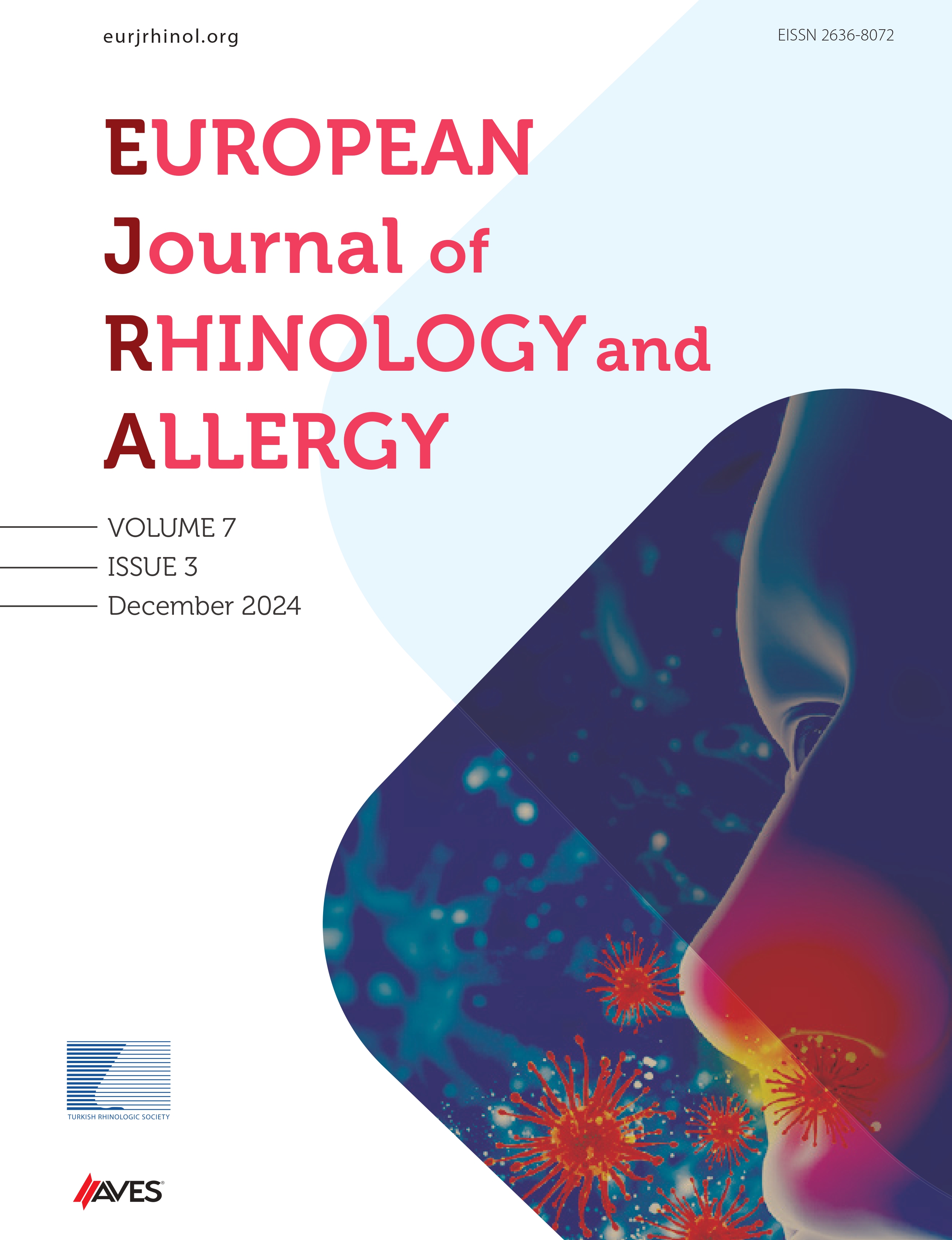Background: Childhood asthma is the most common cause of chronic respiratory disease in children. Aeroallergen sensitization plays an essential role in the inception as well as asthma exacerbation. Managing allergies optimally requires the identification of allergens. There are 2 ways to assess allergic sensitization: serum immunoglobuin E (in vitro) and skin prick test (in vivo). For decades, serum immunoglobulin E has been considered a surrogate allergy marker. Currently, skin prick tests are considered as ”gold standard” for aero-allergies sensitization. The skin prick test is also a quick and easy diagnostic tool as well. An allergy test should be individualized based on clinical features, diagnostic efficacy, and cost–benefit analysis. Primary objective was to document the prevalence of allergic sensitization in asthmatic children (5-18 years) attend- ing tertiary care center in western Rajasthan. Also, the impact of allergic sensitization on asthma control and the pat- tern of allergic sensitization in asthmatic children were derived from the study.
Methods: Children with physician-diagnosed asthma were recruited. After taking a detailed history, allergens were chosen. The responses were measured 15-20 minutes after the test. The reaction is positive when a wheal of ≥3 mm in transverse diameter is formed. The skin prick test is considered positive if the reaction to any 1 or more of the individual allergens were ≥3 mm, positive reaction to histamine (positive control), and negative reaction to saline (negative control). Global Initiative for Asthma (GINA) and Asthma Control Questionnaire assessed asthma control of children.
Results: A total of 85 children were enrolled from June 2019 to June 2021. The mean age of the subjects in our study was 11.26 years. Both GINA and Asthma Control Questionnaire asthma control assessment in children, and we found a strong correlation between GINA and Asthma Control Questionnaire scores of asthma. Out of the 85 subjects, 63 (74%) had skin prick test positivity for 1 or more antigens. Among various antigens tested, house dust mite was the most common allergen to show skin prick test positivity. There is statistically no significant association between asthma control and positive skin prick test (P = .12).
Conclusion: The majority of children with asthma have positive skin prick tests for 1 or more of aeroallergens. House dust mite was the most common positivity aeroallergens. However, there was no statistically significant association of positive skin prick test with asthma control.
Cite this article as: Bhagyashree PR, Kumar P, Patavardhan P, Vishak MS. Allergic sensitization in asthmatic children attending tertiary care center in Western Rajasthan. Eur J Rhinol Allergy 2023;6(2):55-60.

.png)

.png)